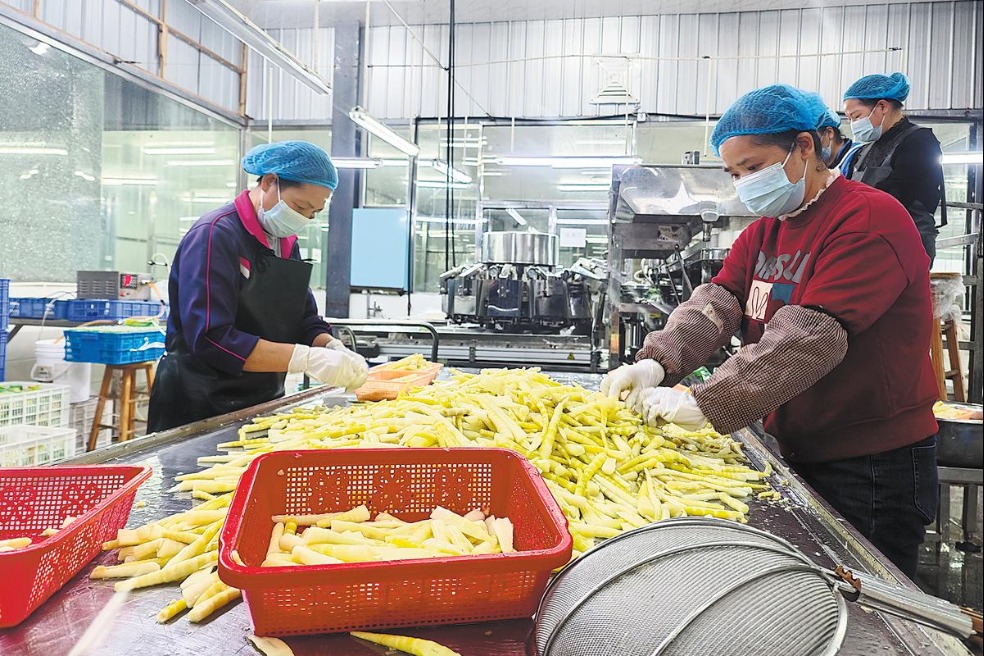Global industry eyes China's high-speed rail for future growth, connectivity


GROWING GLOBAL IMPACT
China's high-speed rail is already transforming regions beyond its borders, serving as a practical model for many countries.
"Most countries experience the same starting point as China," said Ulan Kulov, deputy general manager of the China-Kyrgyzstan-Uzbekistan Railway Co. "We can go this way faster if we learn from China, because we don't have to reinvent it, and we can use existing technologies and go fast forward."
"I'm really impressed by seeing the powerful rail industry you're having here, and I expected to see what the industry is doing and what we can use out of this experience for Europe," said Richard Neussl, managing director of Austria's Kontron Transportation Group.
The Jakarta-Bandung High-Speed Railway in Indonesia, built with Chinese technology, has cut travel time from over three hours to just 46 minutes. The Hungary-Serbia Railway has shortened the Budapest-Belgrade journey from eight hours to three.
In Laos, the China-Laos Railway has become a key driver of development, transporting more than 52.7 million passengers and 59.4 million tons of cargo as of May.
"The railway has directly and indirectly supported the socioeconomic development in Laos, and also boosted the income of people living along the route," said Daochinda Siharath, managing director of the Lao National Railway Authority.
























